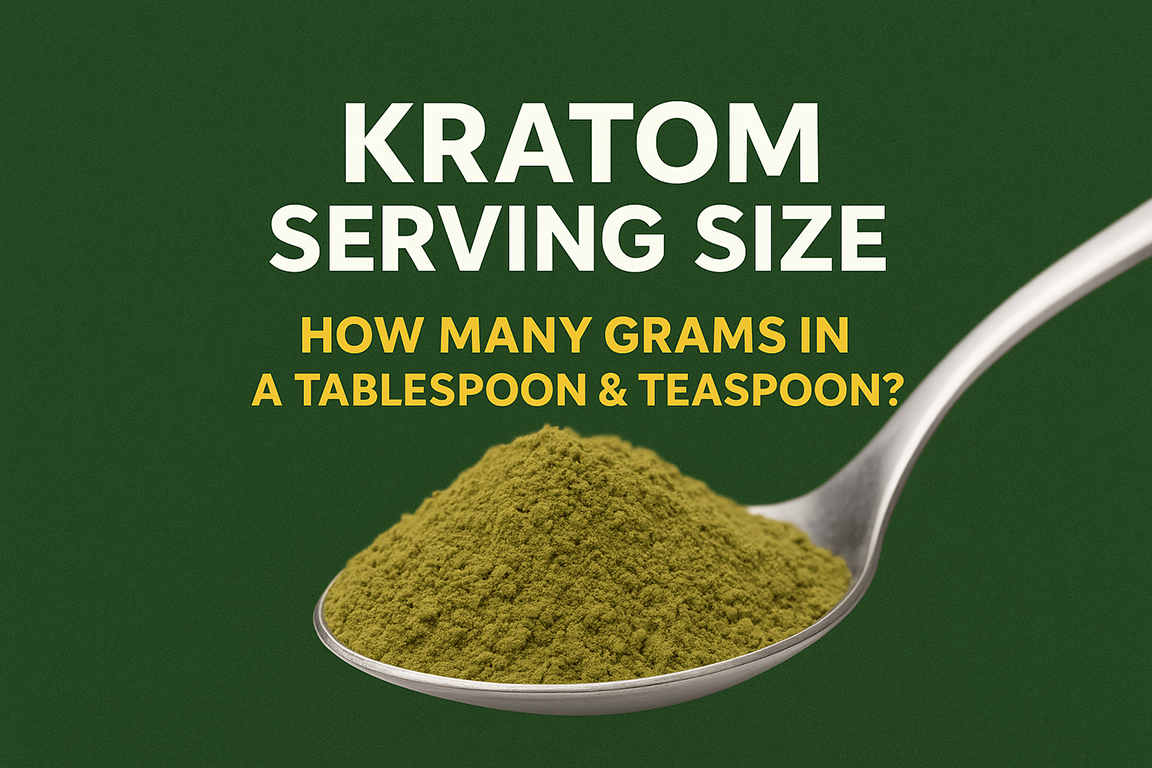News >> ENTER KRATOM : THE OTHER PSYCHOTROPIC PLANT FOR DEPRESSION AND AXIETY
Most Viewed

ENTER KRATOM : THE OTHER PSYCHOTROPIC PLANT FOR DEPRESSION AND AXIETY
Created by: admin at Jan 29, 2023 373Kratom is sometimes referred to as a “natural opioid.” Since actual opioids can become a problem real quick, it’s no wonder some people in pain turn to kratom to get the same pain relief.
The secret sauce here is called mitragynine. At low doses, mitragynine can have energizing properties. At higher doses, it can feel like a sedative. It binds to opioid receptors in your brain, relieving pain — which may explain the antidepressant and anti-anxiety effects.
TBH, there isn’t a ton of research on kratom’s effects on mood.
One 2017 review confirmed that among some users, kratom enhances mood and relieves anxiety. This review cites an older study in mice that showed a reduction in corticosterone (in humans, that’s your stress hormone, cortisol).
The same research also suggests kratom can have sedative effects. Researchers have yet to dive into whether side effects such as sedation interfere with the benefits.
What else can it do?
Beyond depression and anxiety, kratom is said to help with:
fatigue
pain
muscle aches
opioid dependence and withdrawal
high blood pressure
post-traumatic stress disorder (PTSD)
diarrhea
Beyond its main stimulant and sedative effects, a sizable review of kratom research highlighted its ability to quell your body’s pro-inflammatory markers. According to this research, these anti-inflammatory benefits are part of a cluster of immune-boosting effects that include the stimulation of tissue repair and other healing processes.
Some research also describes an appetite-suppressing effect, but (once more for the people in the back) more research is needed to confirm any of these benefits.
Kratom’s many forms
Player’s choice! Kratom comes in a bunch of different forms, including:
tablets
tinctures
capsules
gum
extracts
Sometimes kratom leaves are eaten fresh or dried, or even boiled to make tea. The dried leaves can be ground up into a powder and ingested. It can also be smoked or vaporized, but that’s way less common.
The method of ingestion may influence kratom’s effects. However, there’s currently no research identifying which method is preferable in treating depression and anxiety.




